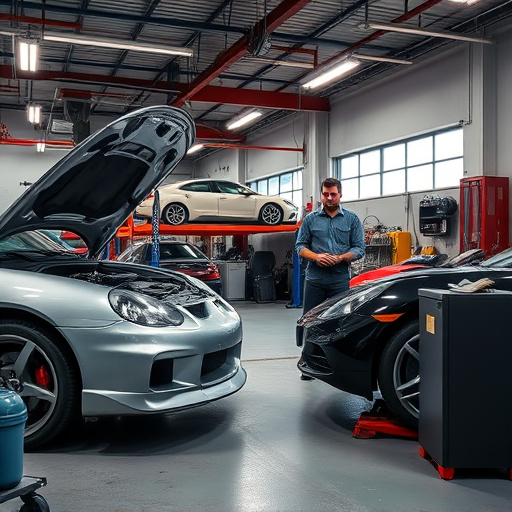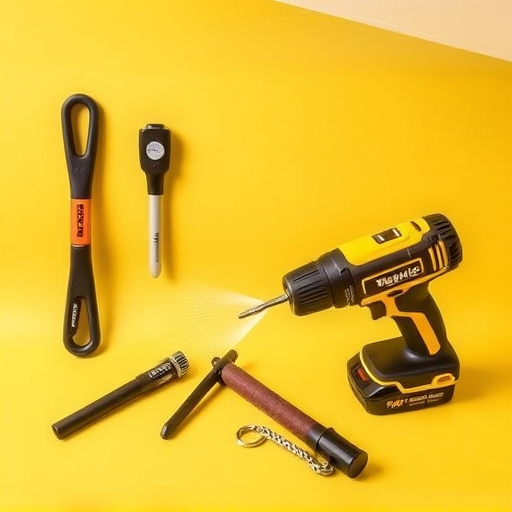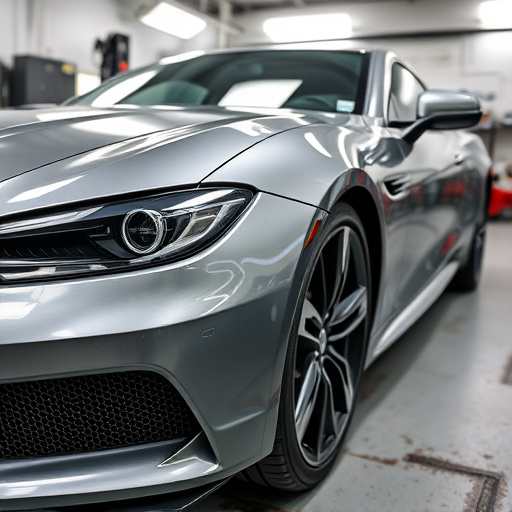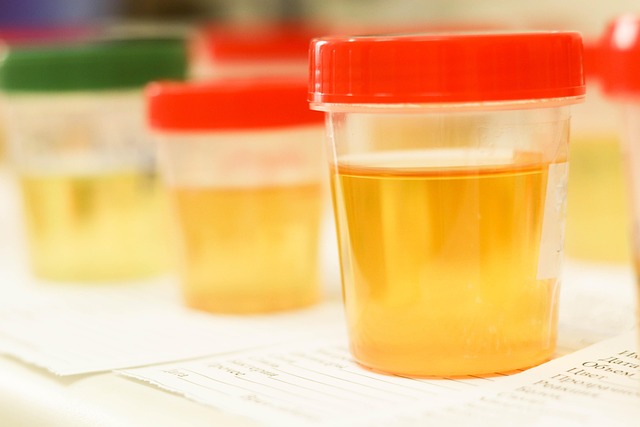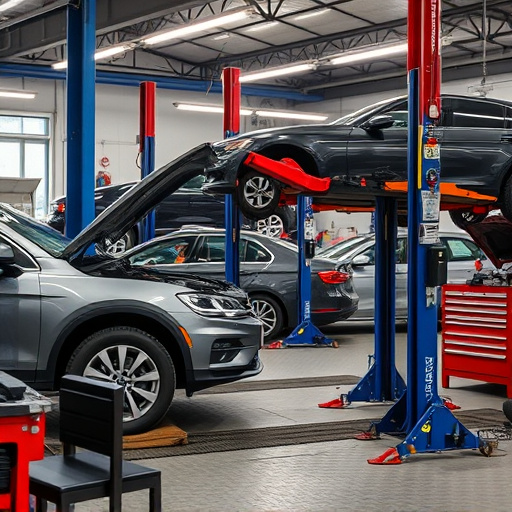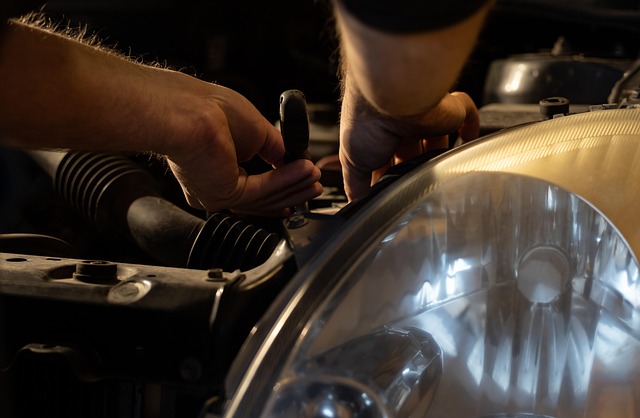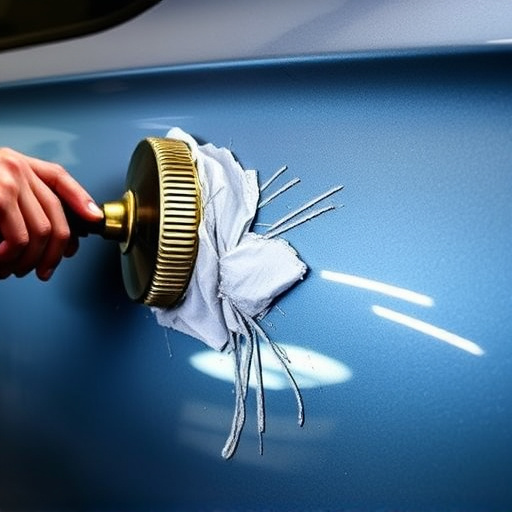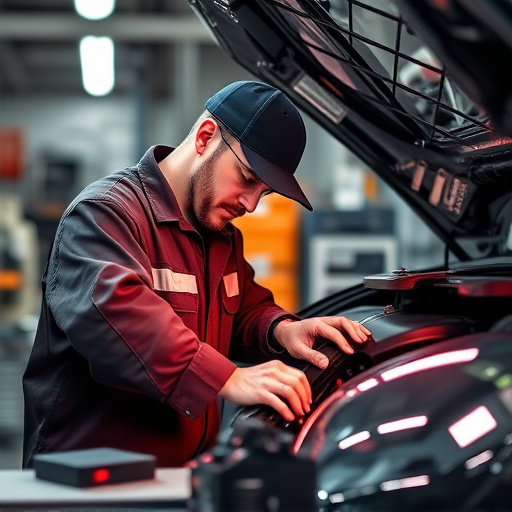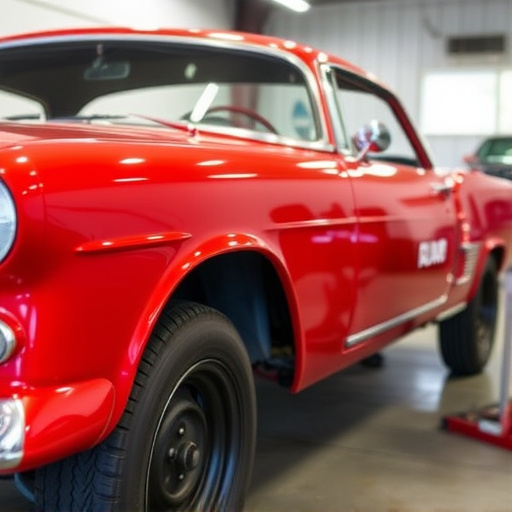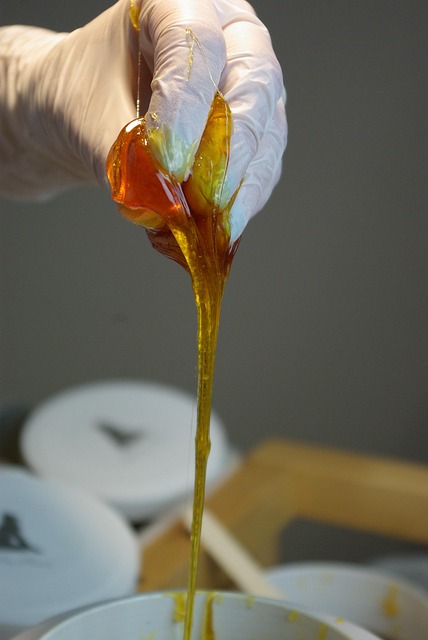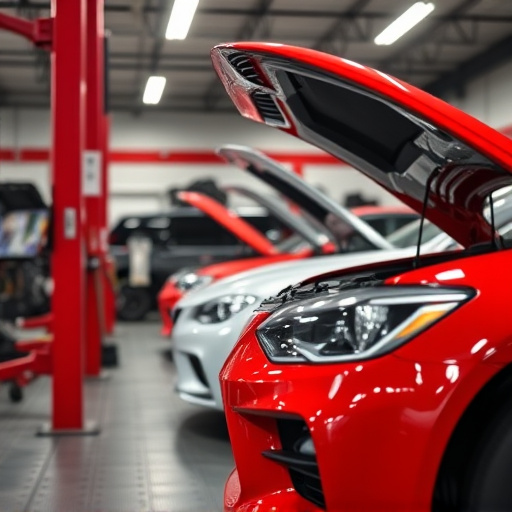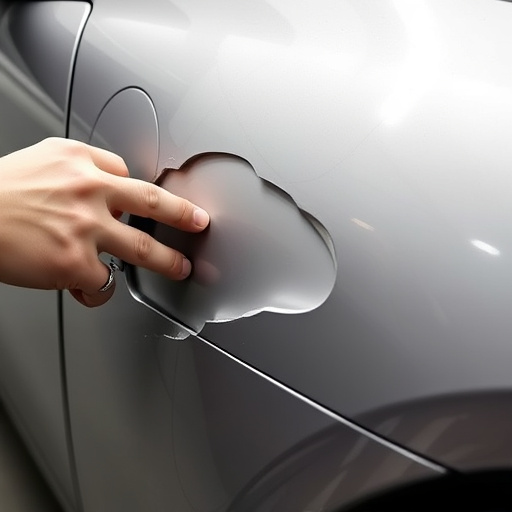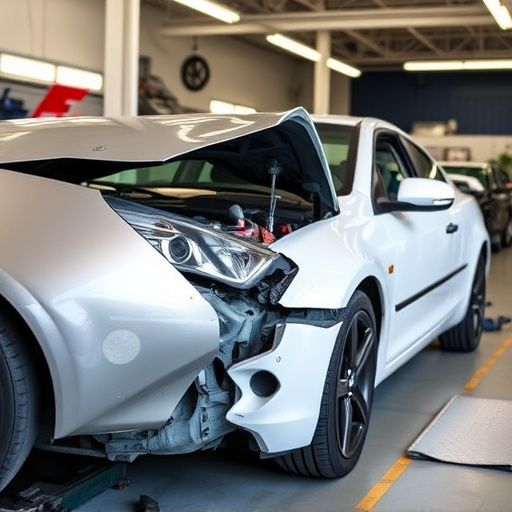In vehicle body repair, achieving accurate paint matching is crucial for aesthetic appeal and long-lasting durability. Skilled technicians use advanced tools like spectrophotometers to measure and precisely reproduce original paint colors, ensuring restored cars maintain their value and safety features in the competitive automotive market. This meticulous process involves digital color analysis, custom pigment creation, and expert techniques for nuanced, durable results.
In the meticulous world of vehicle body repair, paint matching is an art. Achieving a perfect color match requires a deep understanding of automotive paints and advanced techniques. This article delves into the intricacies of paint matching during vehicle body repair jobs. We explore strategies for accurate color reproduction, from grasping the science behind paint mixing to mastering tools and techniques for efficient results. By following these guidelines, professionals can ensure a seamless, flawless finish that meets customers’ high expectations.
- Understanding Paint Matching in Vehicle Body Repair
- The Process of Achieving Accurate Color Matches
- Tools and Techniques for Efficient Paint Mixing
Understanding Paint Matching in Vehicle Body Repair
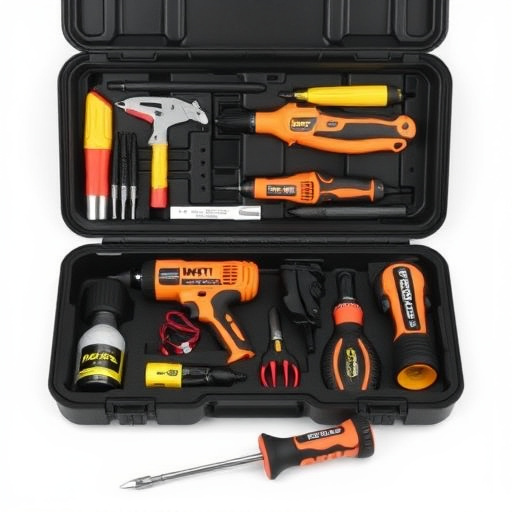
In vehicle body repair, paint matching is a critical step that ensures the restored vehicle looks as good as new. It involves precisely recreating the original paint job to maintain the car’s aesthetic appeal and resale value. This process requires skilled technicians who understand the intricate chemistry and application techniques behind paint. They meticulously match the color, texture, and finish of the damaged area with the existing paint on the vehicle body, often using advanced tools like spectrophotometers for precise measurements.
A well-executed paint match is more than just aesthetics; it also guarantees long-lasting durability. It’s particularly important in collision repair shops where cars undergo significant structural changes. Even with modern advancements, such as paintless dent repair techniques, achieving an invisible repair often requires a deep understanding of paint composition and application. This attention to detail ensures that the restored car not only looks pristine but also retains its value and safety features, making it a standout in the competitive automotive market.
The Process of Achieving Accurate Color Matches
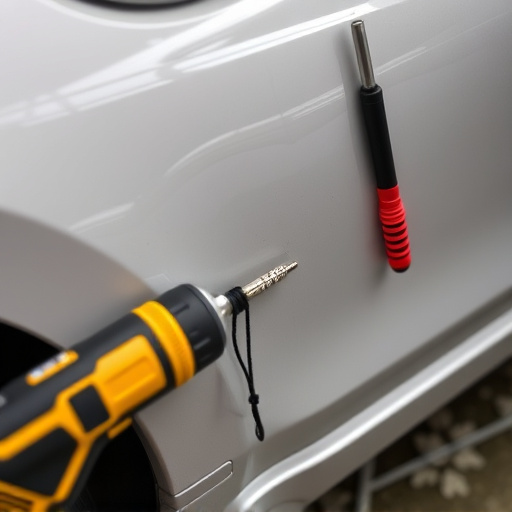
Achieving accurate color matches during vehicle body repair is a meticulous process that requires skilled technicians and advanced tools. It begins with taking precise measurements of the damaged area, ensuring every detail—from the angle of light to the temperature of the surface—is considered. This initial step lays the foundation for an exact reproduction of the original shade.
The next phase involves using specialized equipment like color scanners or spectrophotometers to capture the exact hue, saturation, and luminosity (HSL) values of the existing paint. These devices analyze the color under controlled lighting conditions, providing digital data that serves as a reference point. Technicians then compare this data with the manufacturer’s color specifications and adjust their mix accordingly, ensuring an indistinguishable match when the new paint is applied to the car body repair or auto collision center.
Tools and Techniques for Efficient Paint Mixing
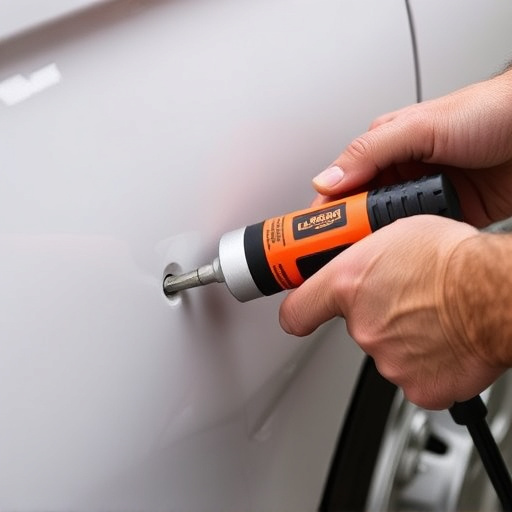
In the realm of vehicle body repair, achieving precise paint matching is an art that demands a keen eye and a mastery of tools and techniques. Professionals in this field employ advanced equipment to ensure the perfect blend of colors, be it for routine repairs or elaborate luxury vehicle restoration projects. The process begins with color analysis, where specialized scanners capture and match the exact shade of the existing paint. This data is then fed into mixing systems that utilize sophisticated algorithms to create a custom-tailored pigment.
The art of paint mixing involves a blend of science and skill. Techniques like hand mixing, utilizing cones or blocks to ensure gradual blending, are often combined with digital tools for precise control. For intricate jobs, such as dent removal and meticulous body work, airbrush techniques offer a more nuanced approach, enabling the application of thin layers that mimic the subtleties of the original finish. This attention to detail ensures not just a visually appealing result but also long-lasting durability in various weather conditions, enhancing the overall quality of vehicle restoration efforts.
In the realm of vehicle body repair, achieving precise paint matching is a game-changer. By understanding the science behind color reproduction, mastering accurate mixing techniques, and utilizing specialized tools, professionals can ensure that repaired vehicles look as good as new. This meticulous process, combining art and technology, not only enhances the aesthetic appeal but also preserves the overall value of the vehicle, making it a vital aspect of any successful body repair job.
